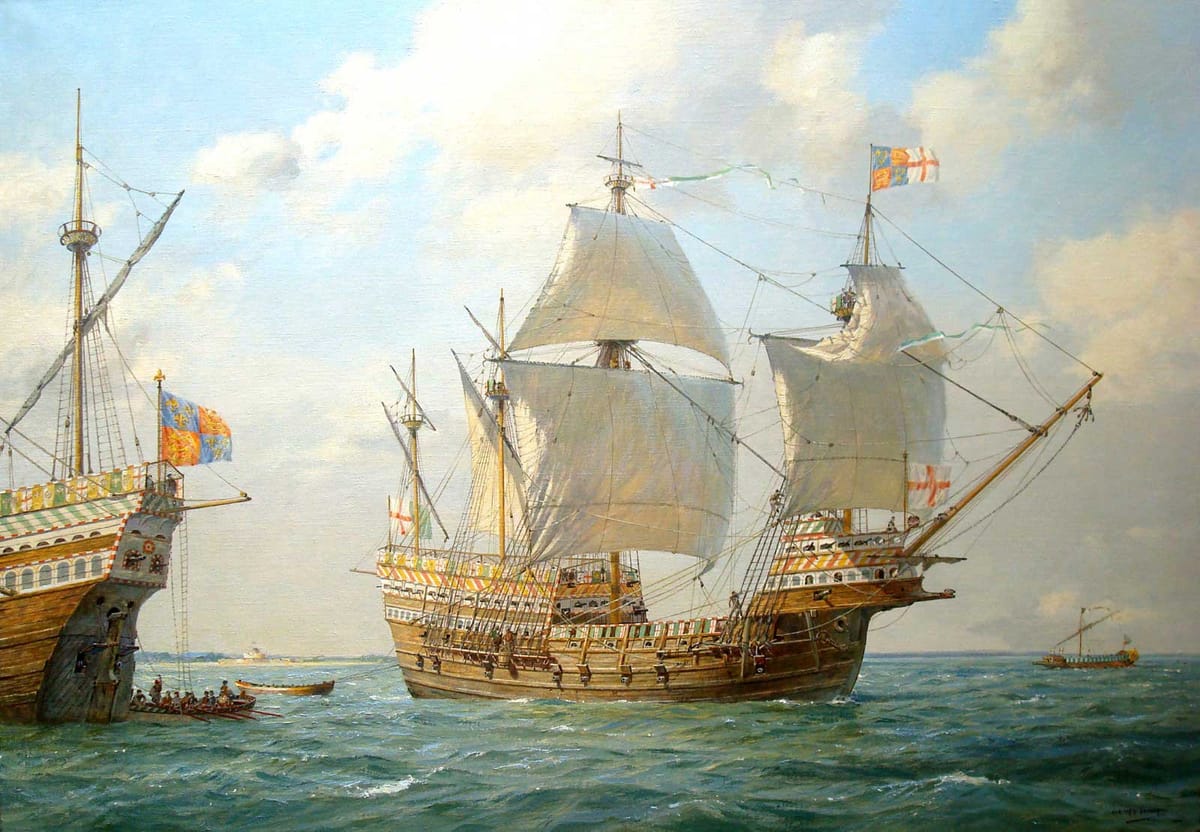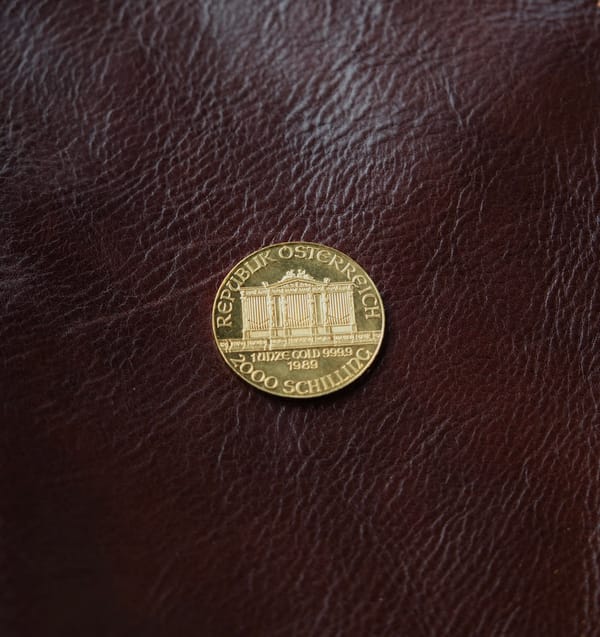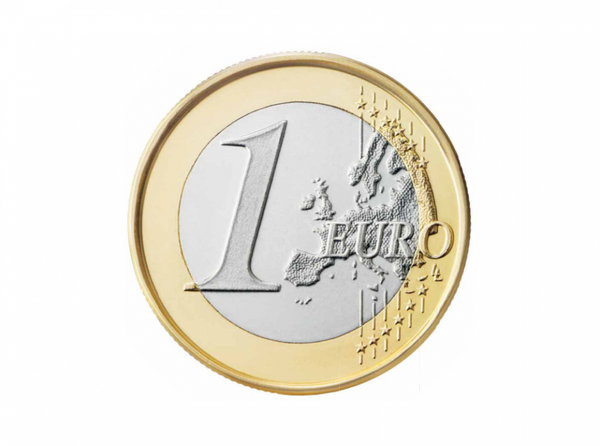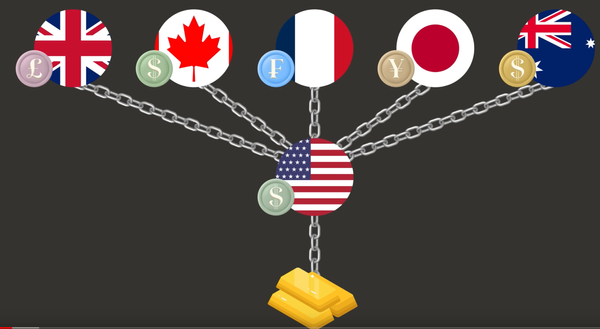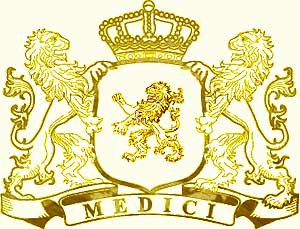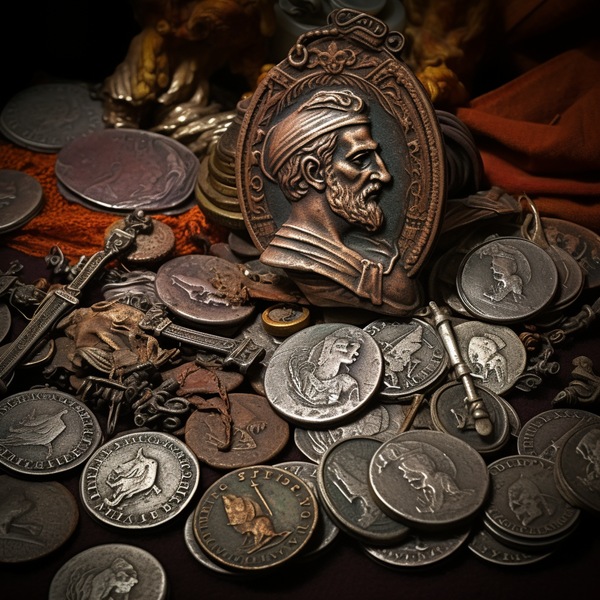You are in Tudor England, spanning from 1485 to 1603. This era began with Henry VII's ascent to the throne after the Wars of the Roses and concluded with the death of Elizabeth I. It's a significant period in English history, marked by religious reform, the establishment of the Church of England, significant developments in the arts (notably the works of William Shakespeare), and notable maritime exploration and expansion (including the beginning of English colonial ventures).
The Tudor period was also marked by the strengthening of the monarchy and central government.
The Royal Mint
In Tudor England, the gold and silver coins were produced and stored in the Royal Mint, located in the Tower of London.
The gold reserves in the Royal Mint expanded substantially during the reign of Henry VIII, who confiscated gold from monasteries across England, which possessed substantial gold reserves accumulated over centuries through donations, tithes, and bequests. The dissolution of the monasteries thus represented a massive transfer of wealth from the religious to the secular sphere, centralizing it in the hands of the Crown.
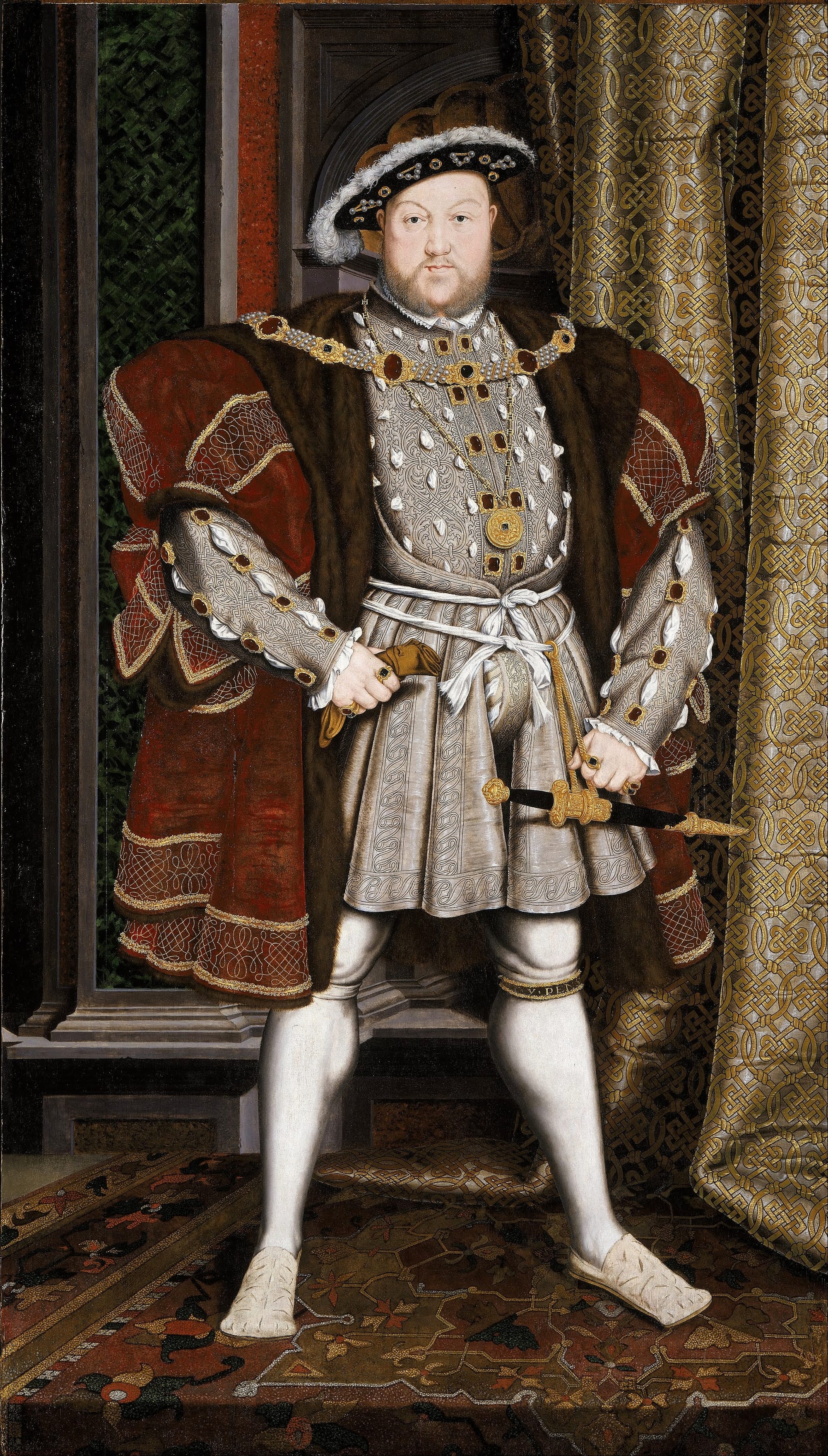
For many, especially those sympathetic to the Protestant Reformation, the move was seen as a bold and justified act against the perceived corruption and wealth of the Catholic Church. However, for devout Catholics and those who relied on the charitable services provided by the monasteries, this was a devastating blow. The monasteries had been integral to community life, offering education, healthcare, and support to the poor. Their dissolution led to the loss of these services and contributed to social and economic upheaval.
Henry also wanted to divorce his wife Catherine of Aragon, but the Pope refused, so Henry passed the Act of Supremacy in 1534. This act declared Henry the Supreme Head of the Church of England. This meant that the Pope no longer held religious authority in England, and Henry was free to annul his marriage to Catherine.
I guess some men would rather become a Supreme Head of the Church of England rather than go to therapy - understandably?
The government's revenue came from a variety of sources, including but not limited to:
- Taxes and Duties: These included customs duties from trade, taxes on property and income, and other forms of levies.
- Land Revenues: Income from Crown lands, which increased significantly after the dissolution of the monasteries, as the Crown took over land previously owned by the Church.
- Borrowing: The government also borrowed money, both domestically and from abroad, to fund its activities.
- Profits from the Royal Mint: While the Royal Mint did contribute to the government's coffers, especially through the debasement of coinage and seigniorage (profit made from the production of money), it was part of a broader financial system.
Where did the money go?
Biographer Jack Scarisbrick says that Henry VIII (reigned 1509–1547) deserved his traditional title of "Father of the English navy".[5] He inherited seven small warships from his father and added two dozen more by 1514. In addition to those built in England, he bought up Italian and Hanseatic warships. It was the most powerful naval force to date in English history: 24 ships led by the 1600-ton "Henry Imperial"; the fleet carried 5000 combat marines and 3000 sailors. It forced the outnumbered French fleet back to its ports, took control of the English Channel, and blockaded Brest. Henry was the first king to organize the navy as a permanent force, with a permanent administrative and logistical structure, funded by tax revenue and supervised by the new Navy Board.
Source.
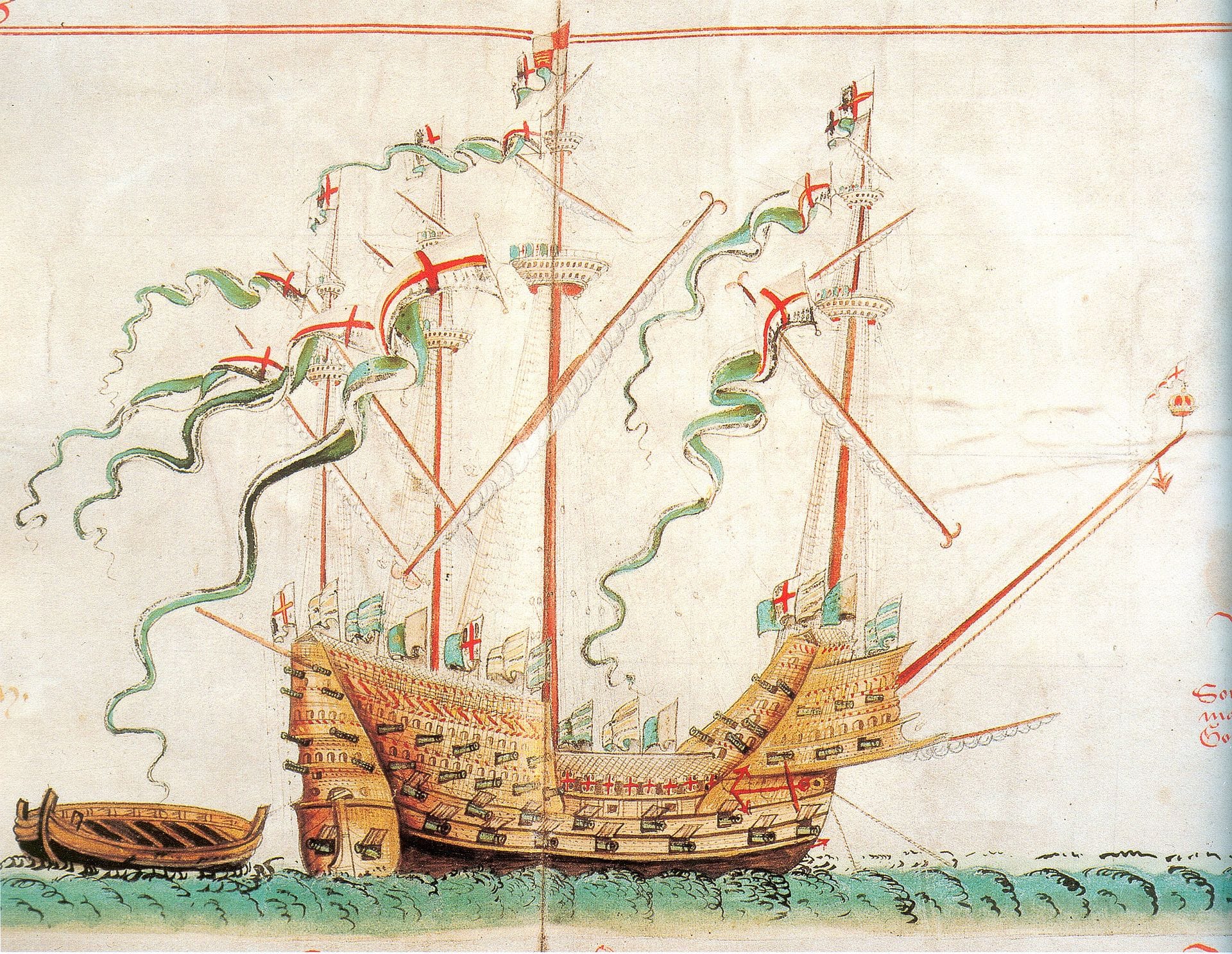
While one could argue that the seizure of gold and imposition of high taxes to build a legendary English navy served "the common good"—ultimately granting England a dominant position in controlling sea markets and protecting its citizens from foreign rivals—it's crucial to learn from history and avoid complacency in the 21st century.
Since the genesis of gold coins in the 7th century BCE, gold has been a symbol of reputable money, but not without its risks.
- In 400 BC, the Athenians debased their gold-based coins, altering the very foundation of their economy.
- In 50 BC, Rome followed a similar path, debasing its silver-based coins.
- Then, in the 1500s, the English monarchy seized gold from the powerful Roman Catholic Church, an act that few, in a minority persecuted for questioning church doctrines, dared to challenge.
In the next blog post, we will explore how in 1668, Sweden created the first central bank, marking a significant step in the evolution of modern banking and currency systems. This move laid groundwork that would eventually lead to the era of fiat currency as we know it today.


